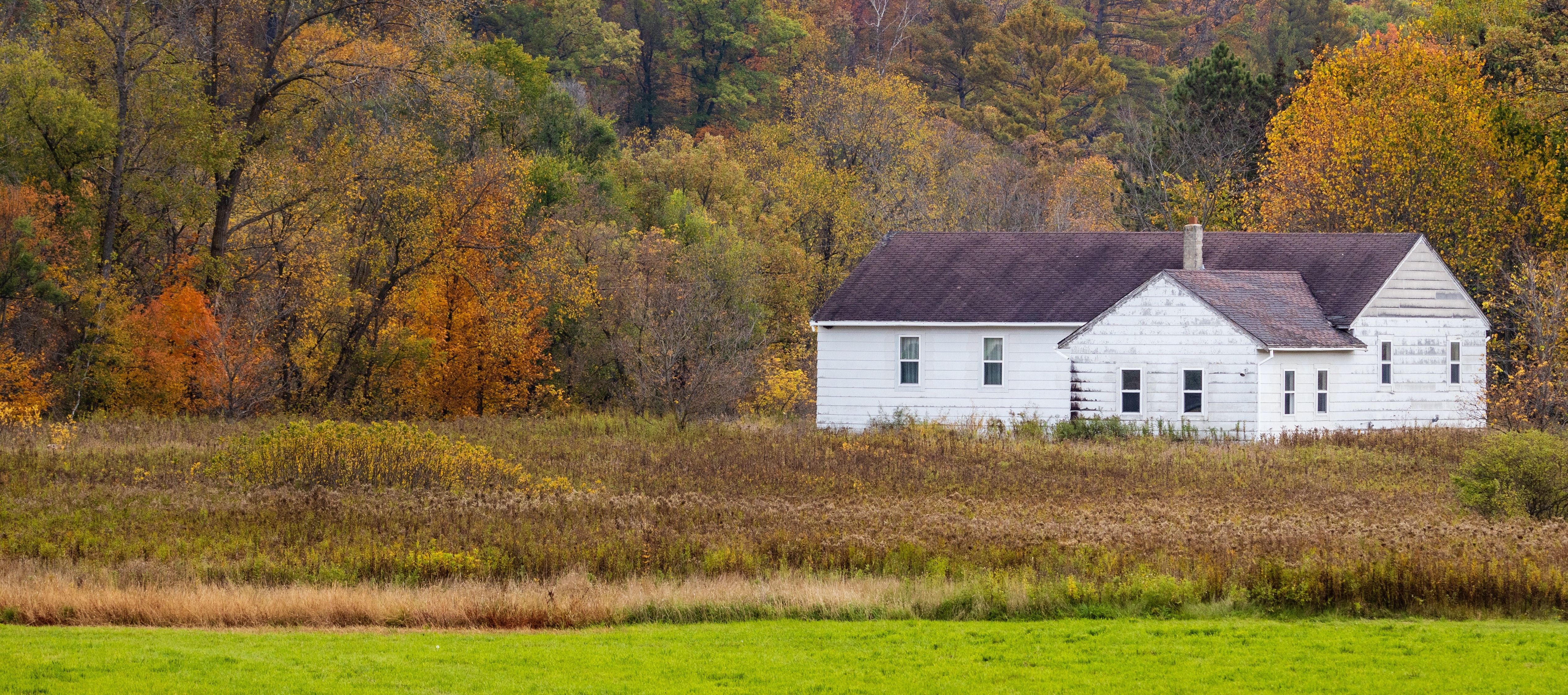Intro
Between 1860 and 1890, the greatest and most important wave of Swedish immigration to Wisconsin occurred. Almost all came from rural areas in Sweden, however they chose to remain in cities and work as workers once they arrived in the United States. The first Swedish community in Wisconsin was established at Pine Lake in Waukesha County in 1841, followed by another along the shores of Lake Koshkonong in 1843. Following the adoption of the Homestead Act of 1862 and crop difficulties in Sweden in the late 1860s, immigration from Sweden rose considerably. Between 1880 and 1900, Wisconsin had the greatest influx of Swedes, albeit they accounted for just a small percentage of the state's foreign population. The northwest of Wisconsin had the biggest Swedish inhabitants.



